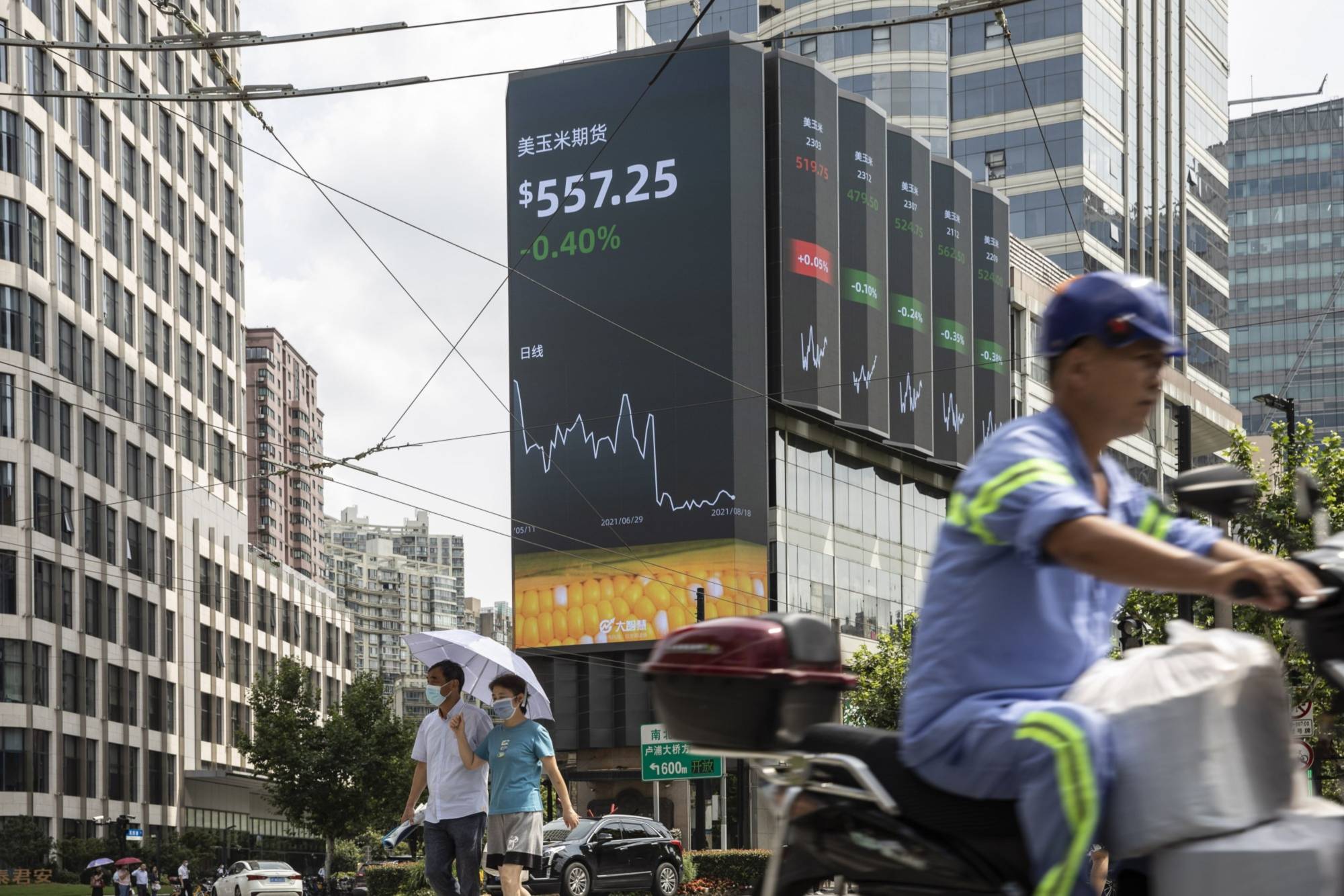China is having an eventful month, marked by proliferating power-supply disruptions and the debt crisis of the country’s second-largest property developer, Evergrande. What does this mean for China’s post-pandemic economic recovery and growth prospects?
Begin with the energy crisis, which started when a rapid increase in exports — driven by the global recovery — fueled a sharp increase in demand for electricity. China remains dependent on coal for 56.8% of its total electricity supply. And yet, in an effort to meet mandatory targets for reducing energy consumption, local governments have shut down many coal mines in recent years.
At the same time, the government’s climate goals — to reach peak carbon-dioxide emissions by 2030 and achieve carbon neutrality before 2060 — discourage investment in the coal industry. Of course, these goals also encourage investment in renewables, which are a growing part of China’s energy mix. But renewables are nowhere near where they need to be to cover the current shortfall.

















With your current subscription plan you can comment on stories. However, before writing your first comment, please create a display name in the Profile section of your subscriber account page.